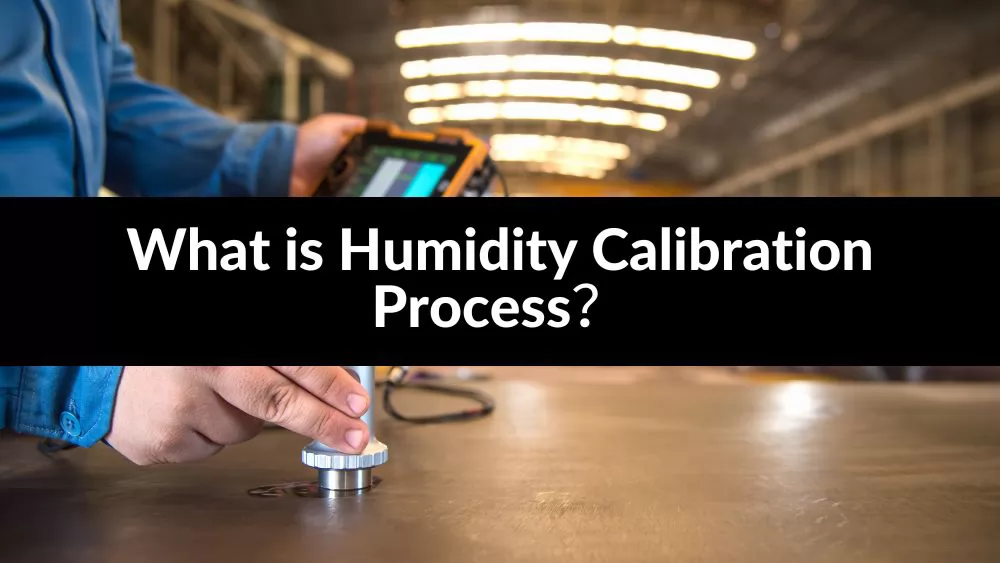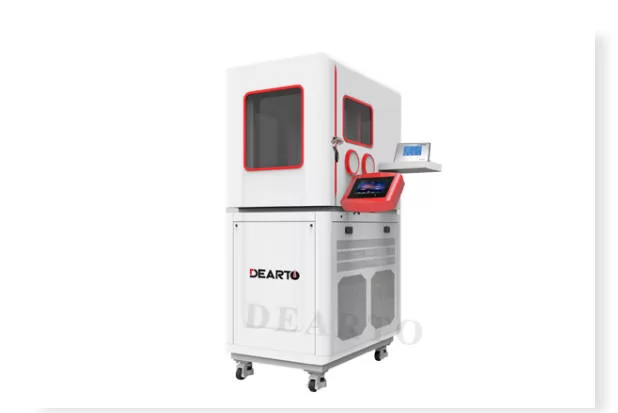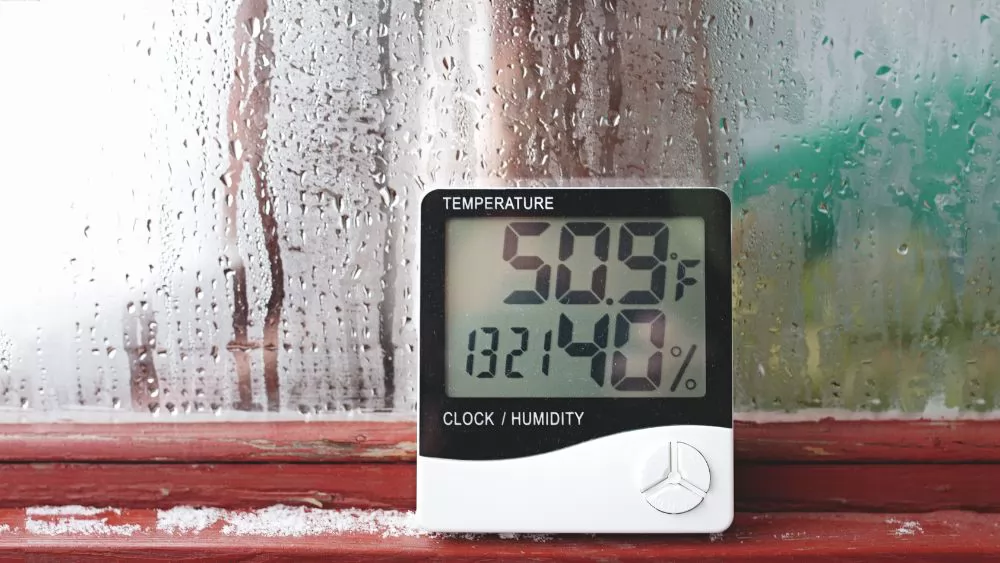
Humidity measurement is an important parameter in many industrial productions and scientific experiments. It's important, but measuring it correctly can be tricky. In addition, people who know this fact for the first time may be surprised: in order to obtain accurate humidity, you must also obtain accurate ambient temperature values. If the temperature we measure deviates by 1°C from the actual value, it may cause double the error in the humidity measurement results.
In order to ensure the accuracy of humidity measurement, some well-known brands such as LG, Coca-Cola Company, Mengniu and other companies (for more cooperative companies, please see the clients introduction on this page) have chosen to cooperate with us (DEARTO Instrument). Our Humidity Calibrators have become an integral part of the humidity calibration process for the above brands.

List of Contents |
Why is Humidity Calibration Important?
Humidity is often measured during industrial production processes with strict environmental requirements. As mentioned above, some production processes and scientific experiments rely heavily on accurate humidity measurements. This means that we will not waste source materials and thermal energy due to inaccurate humidity data. Long-term accurate data also means that we save a lot of money. energy and cost.
In addition to this, humidity calibration is even more important in industries that require humidity measurements that are often subject to strict regulations - these industries require external audits to prove measurement compliance.
Working Principle of Humidity Calibration
The working principle of a humidity calibration chamber is to achieve humidity calibration by precisely controlling the conditions within a sealed space. Steam generated by heated water is injected into the chamber to increase humidity. Additionally, humidity can be increased by the evaporation of water through air circulation. Humidity can be effectively reduced by using desiccants or condensation tubes.
A Simple Method of Humidity Calibration
This method does not require a professional calibration environment and can be done even at home. If you use a large enough container, you can calibrate several moisture meters at the same time. Perhaps this method is not accurate enough for scientific purposes, but for the interested general public, the calibration is more than accurate enough.
-
Put some salt into a small container such as a basin.
-
Add some water to moisten the salt, but don't dissolve the salt completely.
-
Place the previous container into another airtight container.
-
Let the container sit for a day.
-
After one day, check the humidity reading and if the humidity reading is different than expected, calibrate the sensor to display the reading.

Humidity Calibration Process
As mentioned above, there is a simple way to calibrate humidity at home, but for the sake of professionalism, below we mainly introduce the calibration process using a professional humidity calibrator:
-
Set the humidity value: The operator enters the target humidity into the calibrator's control system.
-
Stabilize temperature and humidity conditions: Turn on the control system of the calibrator to stabilize the temperature and humidity conditions in the calibration room to ensure the consistency of the calibration results.
-
Measurement: The sensor will continuously measure the ambient humidity level and provide feedback to the control system for subsequent processing.
-
Adjustment: If the measured humidity deviates from the set value, the control system will make calibration adjustments.
-
Verification: Once the calibration chamber has reached steady state, verify the accuracy of the humidity sensor under test by comparing its readings to a known reference humidity provided by the calibrator.
-
Documentation: Calibration results, including measurements and any necessary adjustments, are recorded in a calibration report for future reference.
Tips for Successful Calibration
-
When calibrating, ensure that the instrument under test is positioned accurately so that it is isolated from ambient temperature.
-
Take care to check that there are no air leaks between the inside and outside of the calibrator chamber.
-
Wait long enough for the humidity generator to become stable and uniform along with the instrument under test.
-
Avoid exposing the DUT or calibrator to materials such as volatile chemicals such as cleaning agents, which can damage the humidity sensor and cause inaccurate calibration.
-
Take care to clean the calibrator humidity chamber regularly and keep it free of dust and debris.
-
Use only distilled water in the calibrator.
Conclusion: Improving Your Humidity Calibration Process
This article covers all aspects of the humidity calibration process that may be of interest to you. Thank you for your patience in reading, I hope this helps.
If you need a humidity calibrator now to enhance your humidity calibration process, look no further, Contact us now, DEARTO Instruments, a well-known company in China, specializes in temperature and humidity calibration. We have obtained utility model patents, design patents and software copyrights, and participated in the drafting of standards and specifications. DEARTO enjoys a high reputation in aerospace, national defense industry, military industry enterprises, electric power, petroleum, smelting, chemical industry, machinery manufacturing, biopharmaceuticals, instrumentation, colleges and universities and other industries. We insist on independent innovation and are committed to creating a model in temperature and humidity calibration measurement.



